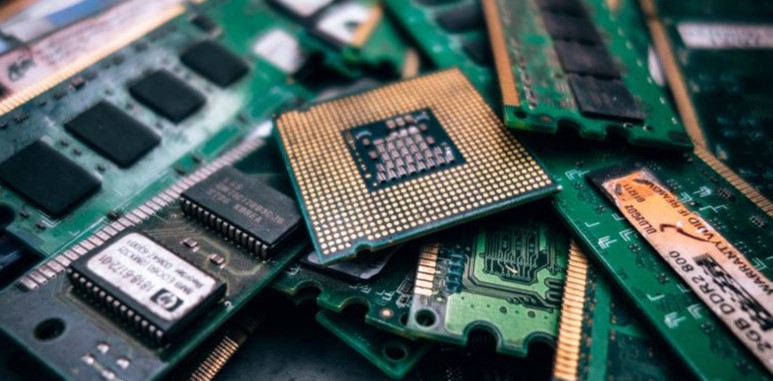The Impact of Electronic Waste

The impact of electronic waste on the environment is a major concern for all countries, including the United States. The Environmental Protection Agency (EPA) has been working towards creating a national standard for managing, handling, and transporting scrap electronics. The standards are in place to help prevent the adverse effects of improper handling and disposal of electronic waste and also to improve the condition of recycling facilities that handle electronic waste.
The process of disposing of electronic waste has changed over the years. In the past, electronics were simply thrown in a garbage can, with no particular care given to disposal methods or cost-effectiveness. In addition, there was little regulation of the amount of electronic waste that was being thrown out. This created large amounts of electronic waste that were never properly recycled and had a negative impact on the environment. As a result, the cost of disposing of electronic waste increased and so did the costs of electronic recycling.
In reaction to this problem, the government began implementing laws and regulations. In 1992, the Environmental Protection Agency (EPA) became responsible for the enforcement of the Federal hazardous waste act. The act established the Resource Conservation and Recovery Act (RCRA) as the main legislative framework for dealing with the disposal of electronic waste. The main provision of this act is the Resource Conservation and Recovery Act, which requires the removal of unneeded electronic waste and directs agencies to dispose of it in an environmentally safe way. The act also requires agencies to develop a system to collect and analyze data regarding the quantity and quality of electronic waste that they produce.
Another provision of the act requires agencies to establish guidelines for the collection and disposition of electronic waste. These guidelines allow agencies to meet both national and state environmental goals. The federal government also works closely with state and local governments to provide assistance to those jurisdictions that require the collection of electronic waste. For example, many counties now offer programs that allow people who bring their old phones home to chip their own program and then post the chip in a secure location.
Electronics take up a lot of space in our landfills. These landfills and waters also emit dangerous chemicals into the atmosphere when they are filled. Some experts believe that there should be stricter regulations regarding the type of waste that can be contained in landfills and by what agencies. One way to address this issue is to establish guidelines for the proper placement and size of containers for electronic waste.
Efforts have been made to create more landfills and to find better ways to dispose of electronic waste. Many companies have been formed to help in the electronic waste of unwanted electronic equipment. However, efforts must continue to find better methods for disposing of electronic waste. Efforts include encouraging businesses to recycle electronic waste properly and educating consumers about the dangers of throwing electronic waste into a landfill. Educating the public about the impact of electronic waste is an important step in reducing the amount of trash that is accumulated in landfills around the country.
This post was written by Steven Elia Co-Founder and Recycling Director at eCycle Florida. eCycle Florida is a R2 Certified electronics recycling company in the state of Florida. Our processes and procedures are dedicated to the proper destruction and recycling of your electronics. eCycle Florida is your go-to for electronic recycling in Tampa.





